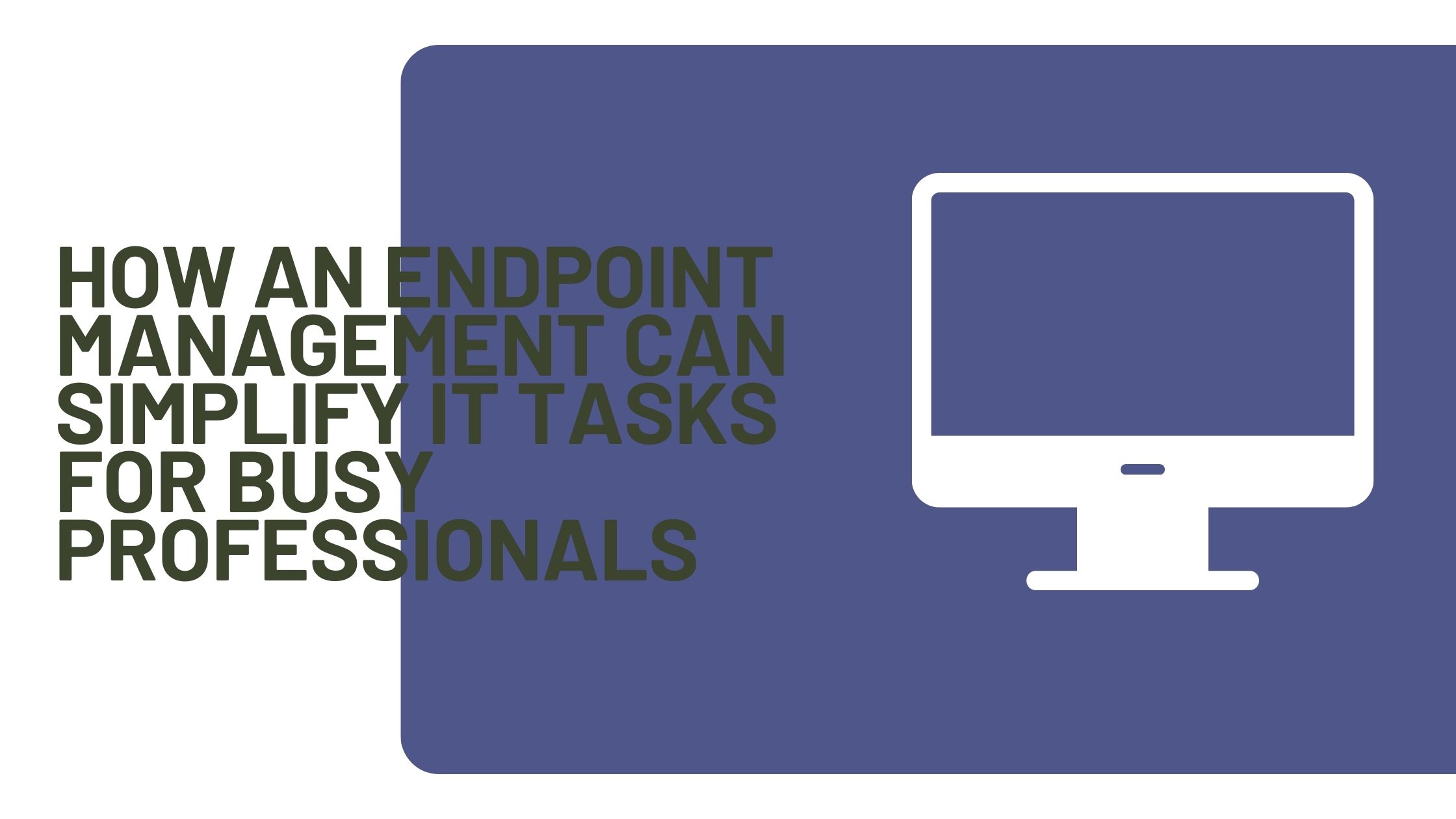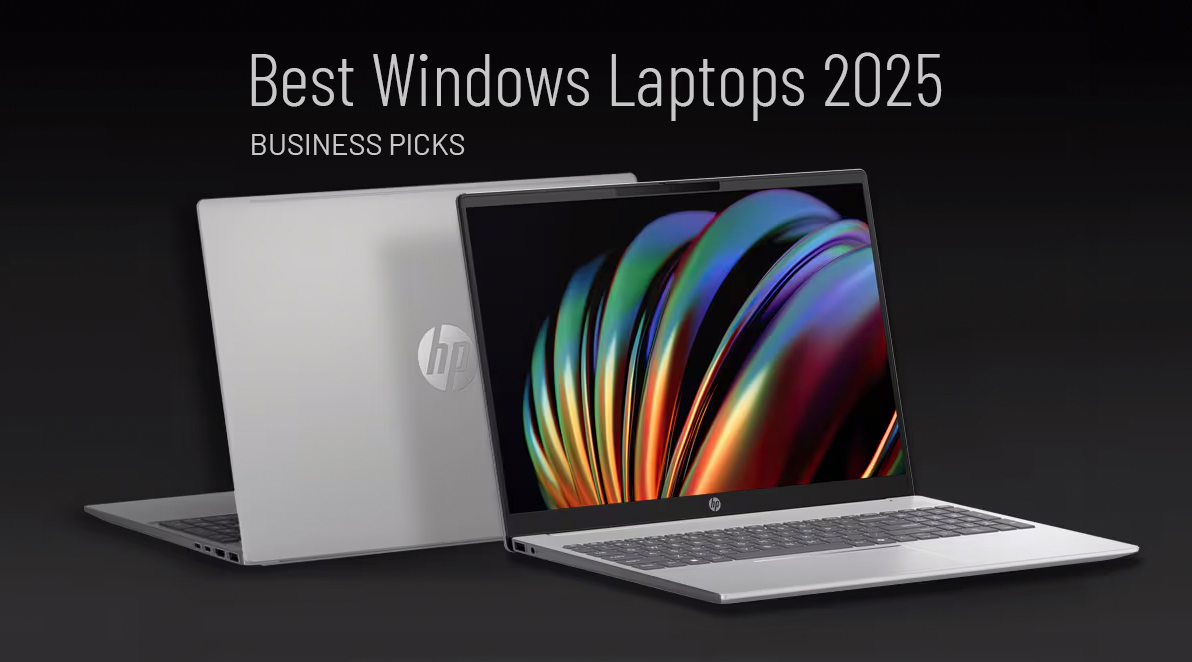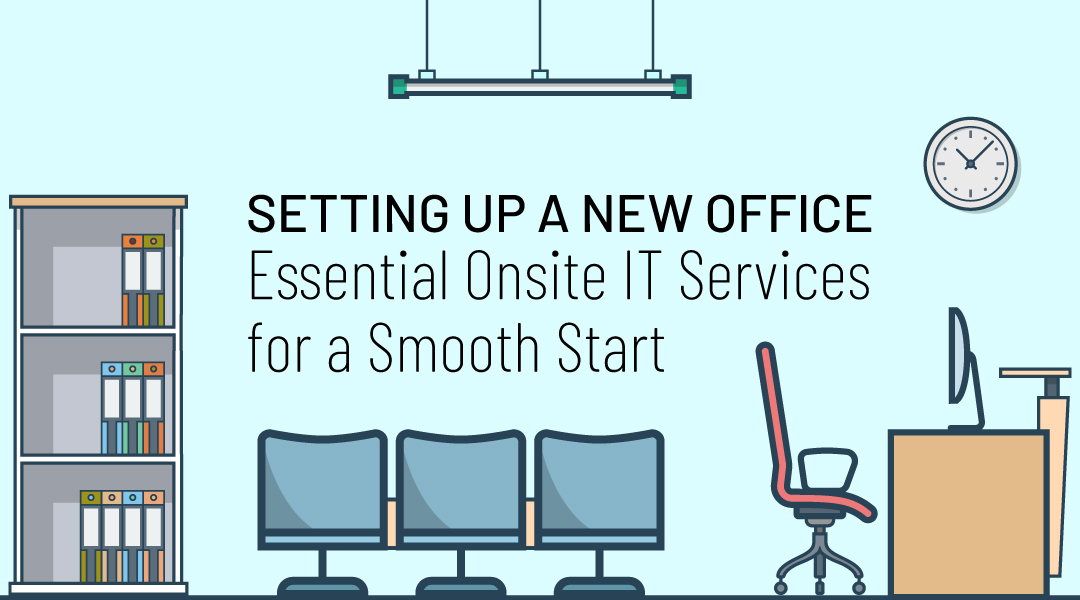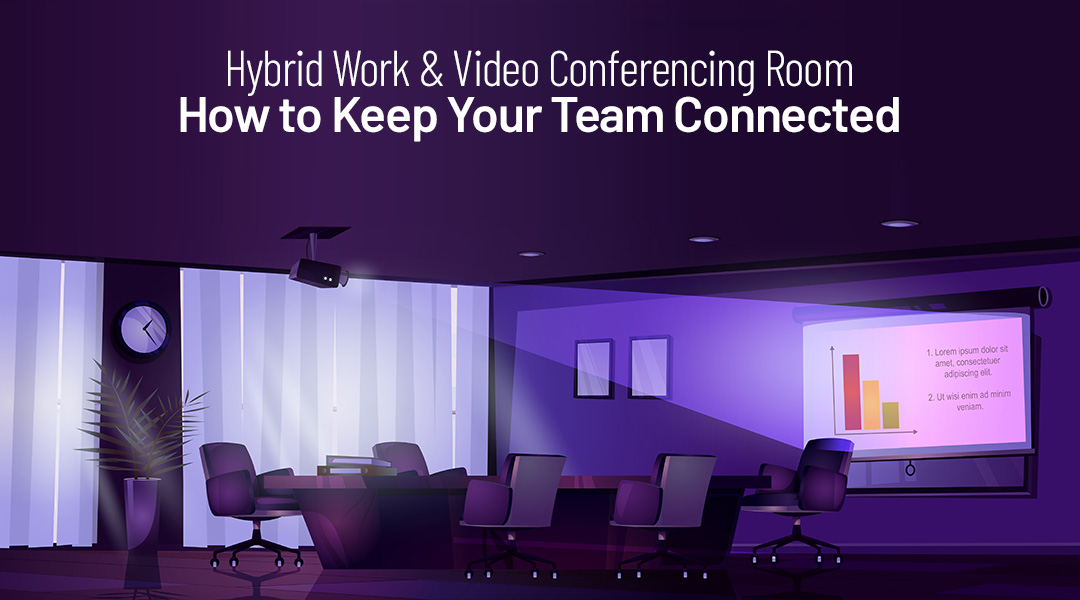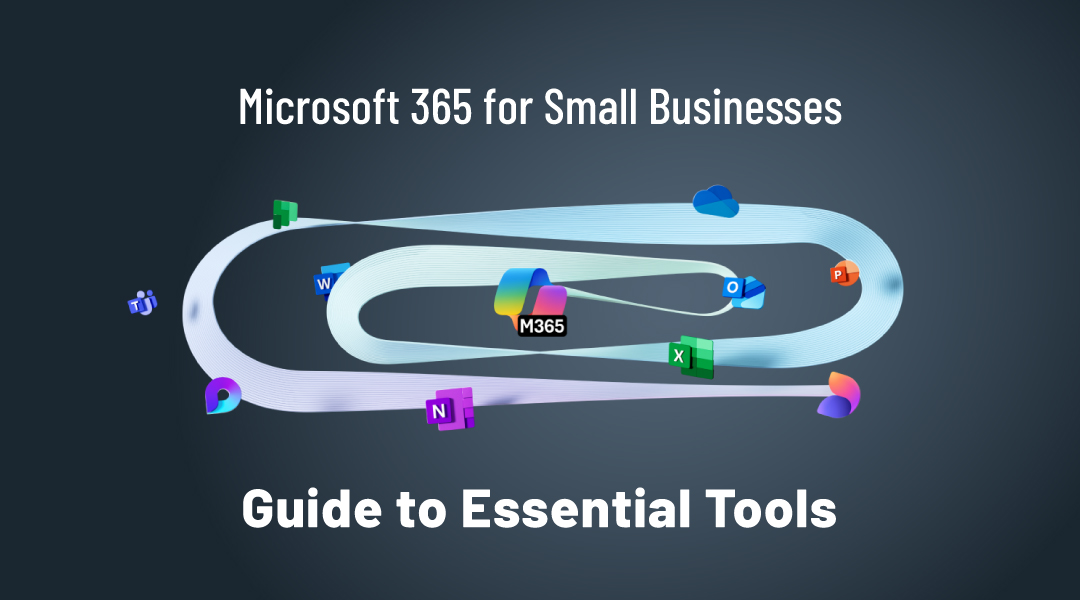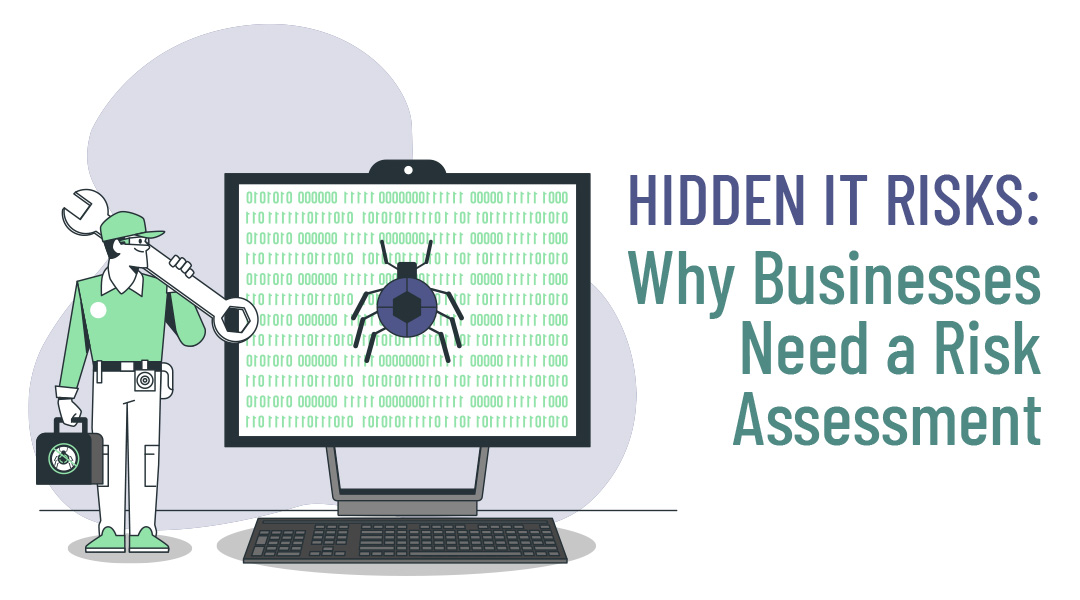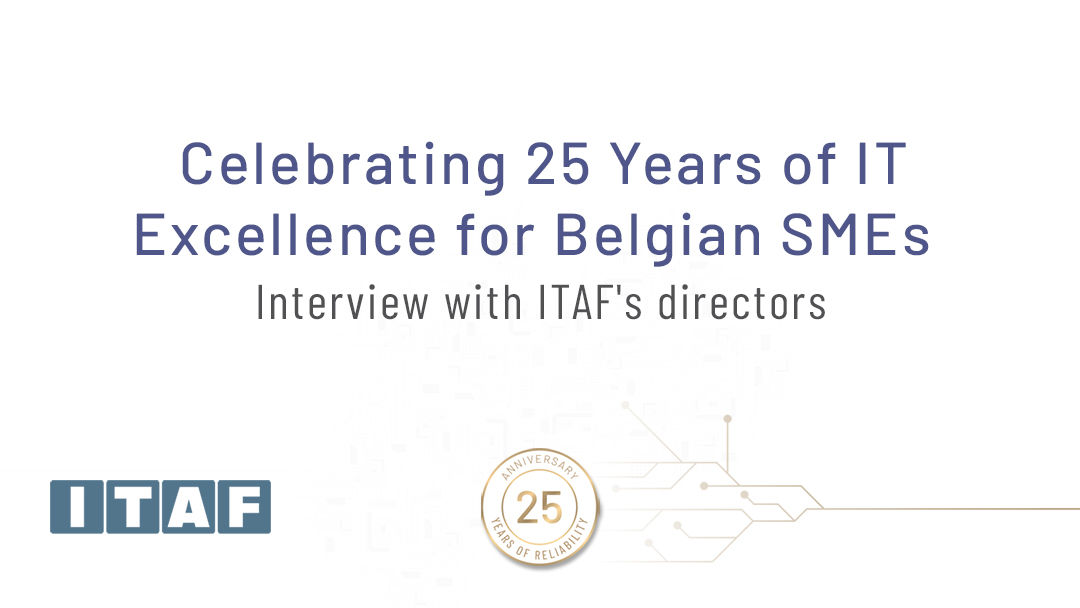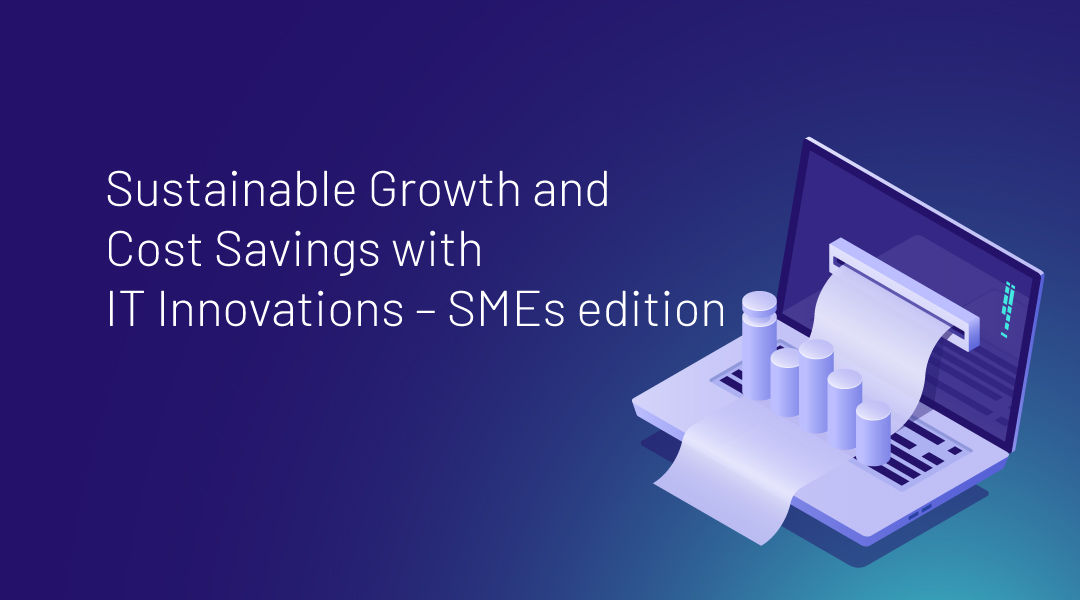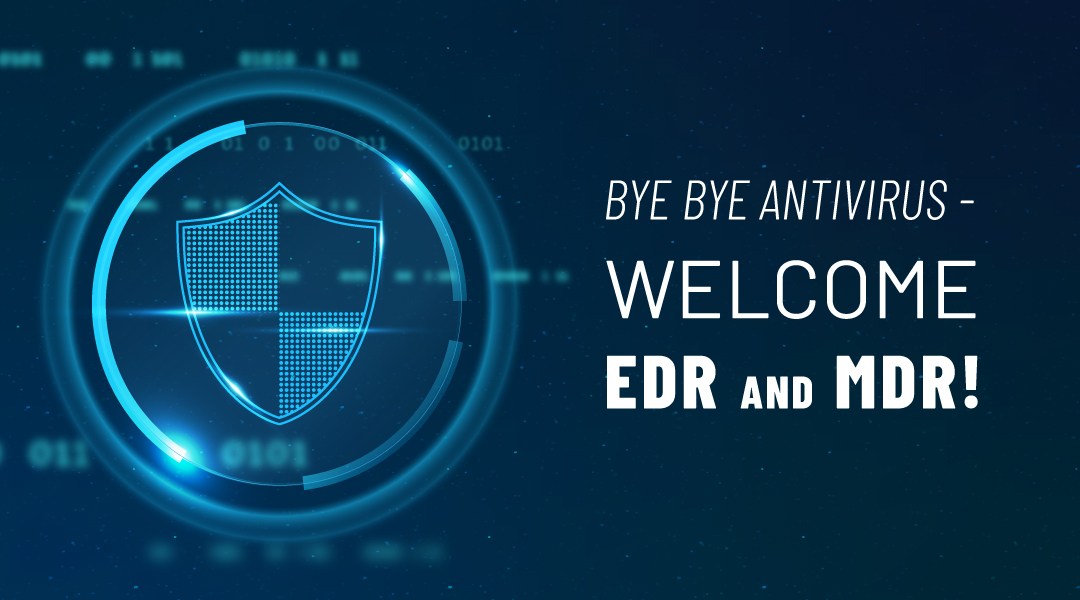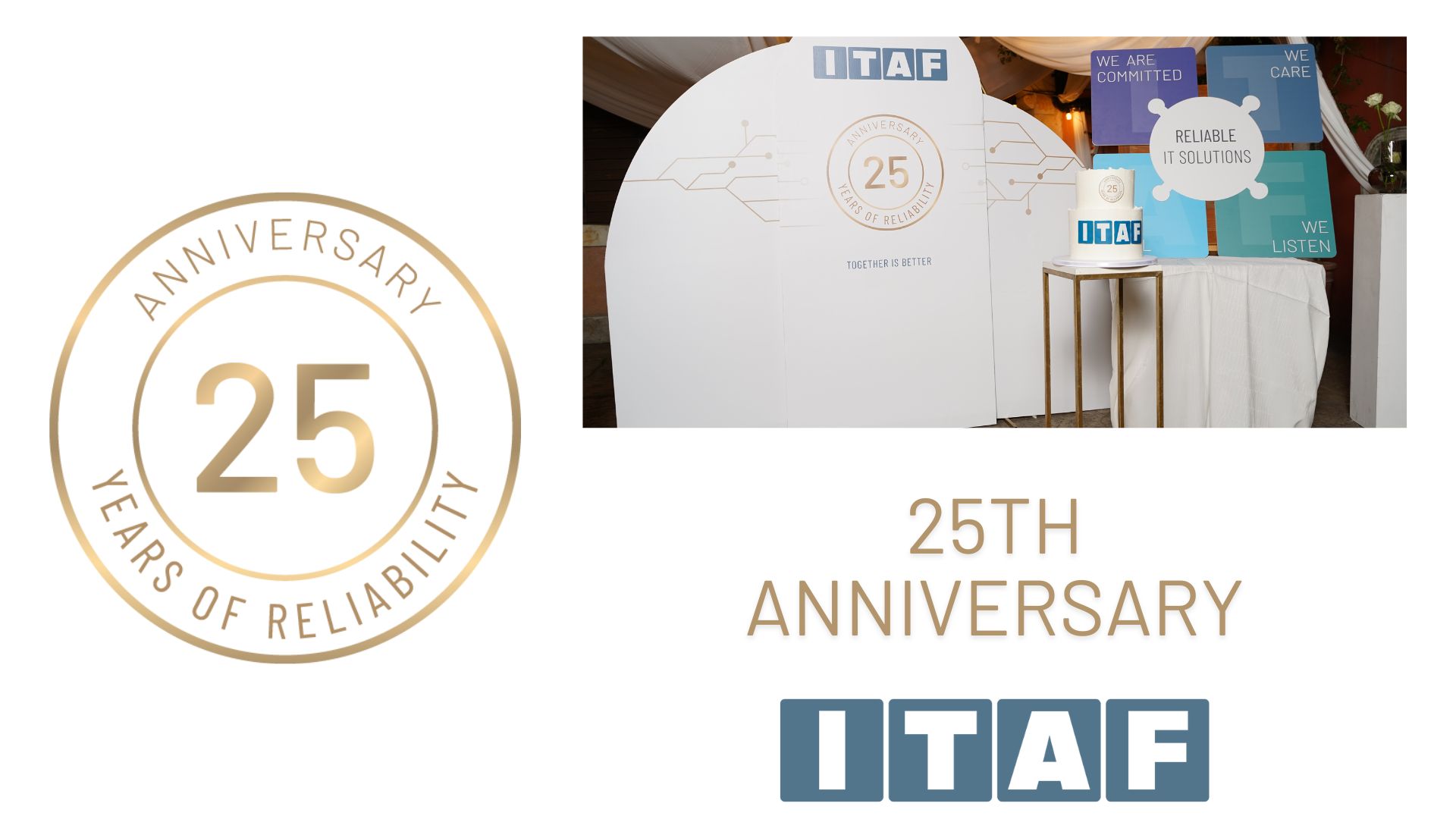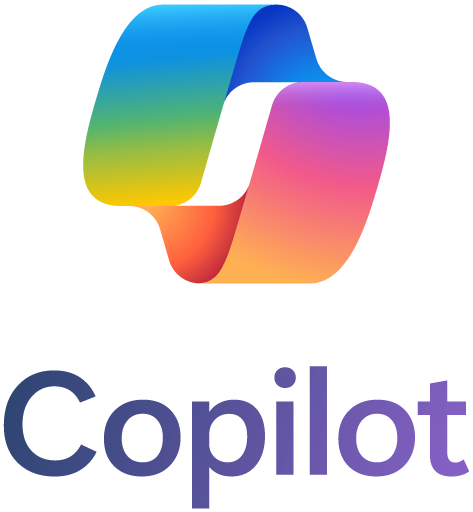Managing IT infrastructure, securing desktops, and keeping software up to date are essential for maintaining a secure work environment. To achieve these goals, endpoint management, desktop management, and patching play a crucial role.
In this post, we’ll explore how these three pillars can simplify IT tasks and enhance productivity for busy professionals.
Endpoint Management
Endpoint management involves overseeing and controlling all the devices (endpoints) within an organization’s network, which can include computers, laptops, smartphones, tablets, and other IoT devices. Endpoint management simplifies IT tasks by providing a centralized way to manage and secure these devices. Here’s how it works:
- Endpoint management tools offer a dynamic inventory of all devices connected to the network. This helps IT professionals keep track of hardware and software assets, making it easier to manage and plan for updates and upgrades.
- It provides remote support. Busy professionals can benefit from remote support capabilities that allow IT staff to diagnose and resolve issues on endpoints without needing to be physically present. This accelerates troubleshooting and minimizes downtime.
- It facilitates the distribution and configuration of software applications across all devices. This ensures consistency in software versions and configurations, enhancing security and productivity.
- It integrates security patching, ensuring that all endpoints are up to date with the latest patches. This comprehensive approach minimizes vulnerabilities across the organization.
Secure Desktop Management
Desktop management involves overseeing and maintaining all aspects of the individual computers within your organization’s IT infrastructure. It’s about ensuring that every desktop or workstation is operating efficiently, securely, and in compliance with company policies. Here’s how secure desktop management can simplify IT tasks:
- Implementing security measures such as firewalls, antivirus software, and intrusion detection systems. This ensures that each desktop is protected from potential threats and vulnerabilities.
- By centrally managing software deployment and updates, IT professionals can ensure that all desktops are equipped with the latest software versions and security patches. This helps prevent security breaches resulting from outdated software.
- Remote desktop management allows IT personnel to troubleshoot issues, provide technical support, and perform maintenance tasks without being physically present at each desktop. This feature is especially valuable for busy professionals who might need assistance on the go.
- Secure desktop management also involves keeping track of software licenses and ensuring compliance with licensing agreements. This prevents legal and financial issues that could arise from using unauthorized or unlicensed software.
By outsourcing all these good practices to an external IT partner such as ITAF, you not only ensure the implementation of these essential measures but also reap the significant benefits of time-saving. With a dedicated team of experts managing your IT, you can redirect your valuable time and resources towards your core business activities. This strategic shift allows you and your team to focus on innovation, growth, and delivering exceptional value to your clients, while the IT partner takes care of the intricate and time-consuming aspects of IT management.
Security Patching
Security patching is a crucial practice in IT that involves identifying and applying updates, commonly known as patches, to software and systems.
These patches address security vulnerabilities and bugs in software applications and operating systems. Here’s how security patching can simplify IT tasks:
- Security patches are released by software vendors to fix known vulnerabilities that malicious actors might exploit. By regularly checking for and applying these patches, IT professionals can minimize the risk of cyberattacks and data breaches.
- Automating the process of checking for available security patches and applying them ensures that IT environments remain protected without requiring manual intervention for every update. This is especially valuable for busy professionals who need to optimize their time.
- Patching is a proactive measure to reduce the attack surface of your systems. By patching known vulnerabilities, you’re effectively closing potential entry points for hackers, enhancing the security posture of your organization.
In practical terms, outsourcing your security patching enables you to concentrate on your core business activities. ITAF as an IT partner configures your end users’ computers to automatically install security patches in a controlled manner, we guarantee a comprehensive overview of patch installation status. This transparent approach empowers you with patching reports, empowering you with crucial insights.
Through an automated process, security updates are seamlessly integrated into your systems. Key features of this service include automated security patch installation, control over patch deployment, comprehensive reporting, and manual patch task creation.
How can ITAF help?
With ITAF as your trusted external IT provider, you can confidently hand over the reins of endpoint management, secure desktop management and critical patching. Our team of experts is dedicated to ensuring your organization’s IT infrastructure remains resilient, up-to-date, and secure. Contact us today or book a free call and let’s discuss how we can help you reduce IT complexities, so you can focus on driving your business’s growth and innovation.

